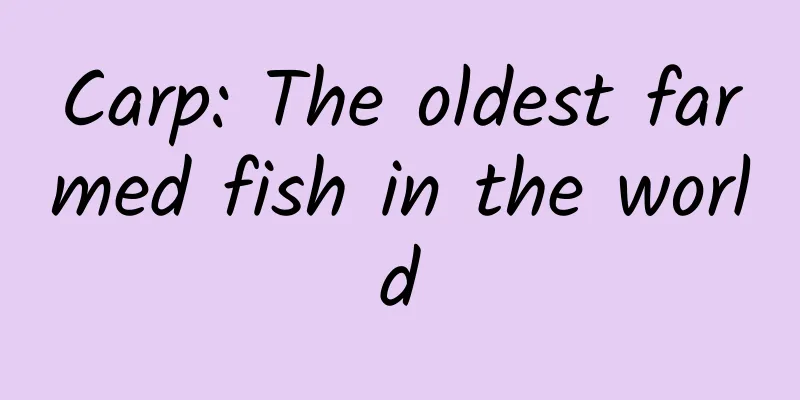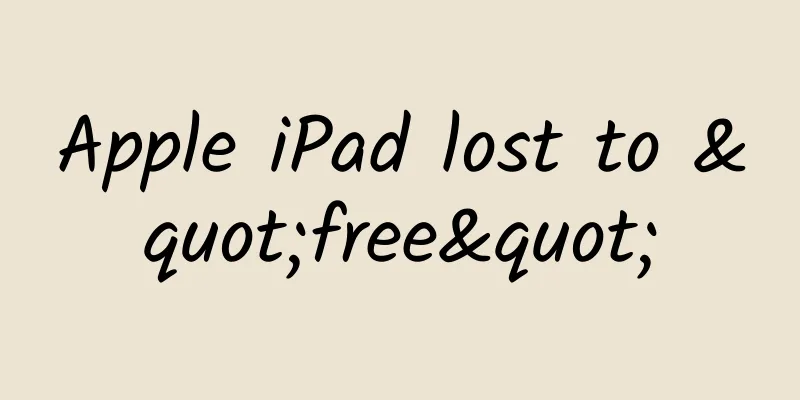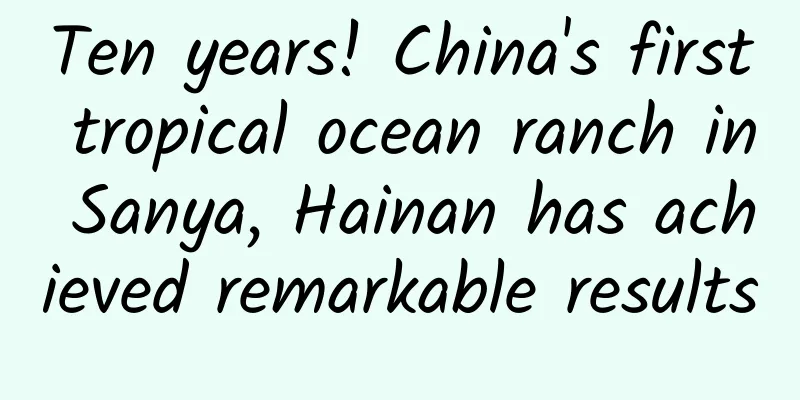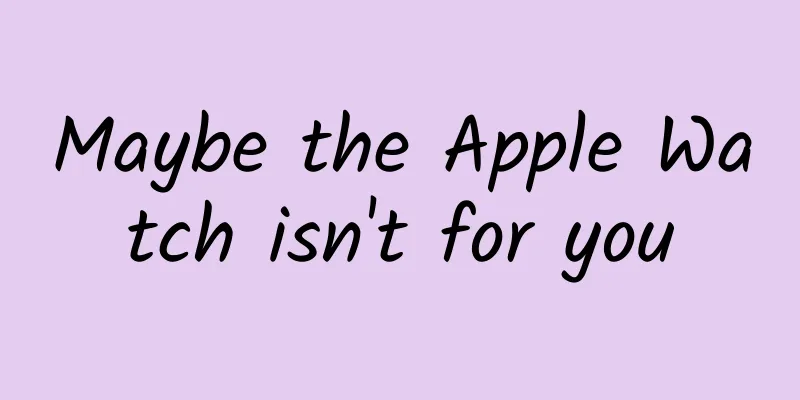Methodology in the Internet Age: The Boundary between Corporate Dictatorship and Democracy
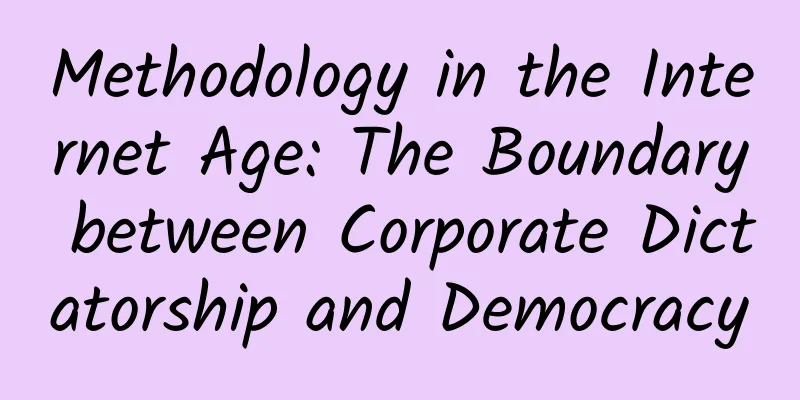
|
In the tide of the Internet, will enterprises become more dictatorial or more democratic? This is a huge problem. From the perspective of hot product strategy and rapid response to changes, enterprises should undoubtedly be more dictatorial; from the perspective of collective wisdom and vitality, there should undoubtedly be more democracy in enterprises. If fifty people have equal rights, it may take a week to discuss whether a button should be round or square when creating a product; if power is concentrated in one person, what is the value of the excellence of the other forty-nine people? This article explores where the boundary between dictatorship and democracy is in enterprises under the new situation. Dictatorship or democracy is actually a variable Once a group of people are gathered together to form a team, they will inevitably need a way of organization and decision-making. If you set survival and victory as the first priority, you will find that the organization and decision-making methods are actually environmental variables, unless you think that this form of organization itself is the value. This may seem difficult to understand, but think about the Trisolarans and the people on Earth in The Three-Body Problem. In the harsh living environment, it is inevitable that the Trisolarans will take the path of extreme centralization. The same is true on Earth. From primitive tribes to the establishment of empires, the increasing degree of centralization actually has its reasons. On the other hand, when society becomes more prosperous and stable, people have more choices. At the same time, most people's nature tends to expand rather than converge. We always say that desire is insatiable, but in fact, this is probably related to the physical property of molecules that are constantly diffusing. It is actually an instinct, so people always pursue self, freedom and superiority. The Internet has exacerbated this trend. If the basis of order is power or capital, then a hierarchical structure is more suitable. This hierarchical structure is the way of distributing power or capital. People must keep climbing the ladder in this structure. However, as mentioned before, the Internet has created a virtual consciousness space where things are reflexive, that is, personal will can actually change the results of the product to a greater extent. You cannot use your will to distort the hardness of a material, but you can change the value of a virtual product. Tencent sells so many virtual items, which are worthless to some people, while others are willing to buy them. This is an obvious example. Once reflexivity is generally established, it will become an extremely common idea to do something for yourself. Because the results of reflexivity are more dependent on intelligence rather than something external, here those who have wisdom have power. Then there will inevitably be many people who think like Liu Bang and Xiang Yu: I am also a hero, why don’t I show myself, that’s how a person should be (a real man should be like this. He can replace him.). This will generally lead to an imbalance between one’s existing role and expected role, and further lead to the instability of the existing organizational structure. This change in the external environment will eventually affect the organizational structure, so the dictatorship or democracy in the enterprise is a variable of this environment. But the interesting thing is that the impact of the Internet is multi-dimensional. For example, it increases the weight of intellectual capital, and intellectual capital belongs to individuals, so everyone has more choices and the possibility of universal pursuit of self. The better the person, the more intellectual capital he has, and the more he needs to realize himself. But at the same time, the Internet also makes competition more intense and requires quick decisions, which reinforces the above-mentioned harsh living environment that will give rise to centralization. There are many similar factors, but the result is the title of this article, that every enterprise needs to find its own boundary between dictatorship and democracy. If this matter cannot be handled properly, people will abandon you, turn against you, or engage in negative internal consumption, or waste manpower and resources but make a poor product. If you observe carefully, you will find that such stories are very common. Many times, it's like the lyrics of the song are changed again and again, but the tune is always the same. Previous organizational models Different organizational models can be seen from different perspectives. Let us first quickly scan the organizational models that have existed from different perspectives, and then explore what kind of organizational model is needed under the Internet thinking. 1. Drucker once summarized the organizational model from the role of members. He believed that there are three types of organizations: one is baseball type, one is football type, and one is badminton type. In baseball type, everyone's position is clearly defined, in football type, only the general scope of the role is defined, and in badminton type, more initiative is required. 2. We can further observe the organizational model from the role of the CEO. Someone previously made a cartoon that drew Amazon as a strict pyramid structure, with Jeff Bezos at the top and layers below. Microsoft is divided into several small organizations under one CEO, and they are shooting at each other. Apple is a sun in the center (in the Jobs era), and all the surrounding areas are illuminated, implying that Jobs is in charge of everything. Facebook is drawn in a network shape, which is completely decentralized. Google is a pyramid structure at the top, and it is basically a network at the middle and lower levels. 3. From the perspective of the degree of decentralization, we can see some other models. At one extreme is Apple. Apple in the Steve Jobs era was extremely centrally controlled, and all teams were arranged around the product by Steve Jobs. In the middle is the divisional system that originated from General Motors. After decentralization, different divisions have more independence. At the other end are research organizations. There was once a photo of top physicists such as Einstein, Bohr, and Schrödinger. Imagine if a laboratory was full of such people, what would the organizational structure look like? The massive open source movement is extremely biased towards the research laboratory type. The above lists some organizational models that have existed in the past. If we are willing, we should be able to discover more, but we should not stray too far from these. Then the most critical question is, which organizational model is suitable for the Internet era? Organizational model under Internet thinking To discuss this issue, we need to review some of the things that have been discussed in the previous series of Internet era methodology. In the first article of this series, we mentioned that the real arena under the Internet is the superposition of consciousness space and reality space, in the superposition state of Newtonian law and quantum law. Next, we mentioned that in order to capture opportunities as much as possible, two modes can be used, one is bottom-up, relying on intuition to capture from the scene, and the other is top-down in a deductive way. Next, we mentioned that in specific competition, we must be in a strange victory. The most critical thing in the so-called strange victory is the competition for attention, and the most critical thing in the competition for attention is to have your own community (field), so that there is a chance to continuously create a chain reaction, radiate the entire network, and seize the commanding heights. If this is indeed the story, then the inevitable conclusion is that where there is attention there is money, and once the general physical fight begins, the most suitable organization to better compete for attention is actually a Jobs-style organization. When the era of relying on pure functions to create products is over, products or communities will be injected with things like taste and feelings, and the unity and coordination of these things requires a soul, which cannot be pieced together. We can virtualize some things, such as enthusiasm, feelings, minimalism in products, and real equality in communities, but only when someone really believes in these things and practices them, can these virtual things get the first push, have vitality, and come into reality to be concretized into products and communities that we can see. This is the soul of products and communities. At the same time, these spiritual things must be balanced with professionalism and reality, which is what I said before. As a result, it is required that around this person, there should be another group of people with similar ideas but professional knowledge. The so-called professional knowledge can be technology, finance, products, marketing, etc. The final result is that one person holds the soul of the product or community at the center, and people with similar cognition and professional knowledge on the periphery form a core with him. In conjunction with this, the size of the team should be reduced as much as possible, and the boundaries of the team's work content should be controlled (using outsourcing, open source, etc.). Otherwise, when the team expands to a certain extent, it must be decentralized, and once the power is decentralized too much, this kind of taste or spiritual coordination becomes difficult. The integrity of this spiritual temperament should be the first priority. The above is about how to seize the commanding heights in the space of consciousness and make the most of the characteristics of the Internet. I believe this is the organizational structure for the future. In this structure, we should be authoritarian about virtual things such as spiritual temperament and taste, respect professional knowledge, and make democratic decisions on complex issues. But we do have to admit that there is still a very broad space outside of Internet thinking. In fact, there are two parallel forces that are transforming the world at the same time. One is very realistic, using the power of technology to solve real problems and make things that cannot be done possible. This is commodity to a certain extent, which can be used but has no characteristics and is not easy to use; the other is very detached, injecting a kind of temperament into the product, so that the product is not only a product, but also contains emotional factors. Microsoft is the representative of the former, and Apple is the representative of the latter. From the perspective of competing for attention, the latter has obvious advantages, and the success of the former must rely on the grasp of timing. In the software world, I believe that the trend of commodityization will end with open source, and I also believe that although open source can innovate to meet people's needs for tools, it cannot create a product with personality like the iPhone. By the way, BAT is actually the way of the former (Microsoft), not the way of the latter (Apple). The two may be unified in the future, unified in that production and manufacturing itself will be completely intelligent. With the help of artificial intelligence and nanotechnology, people may really be able to make their dreams come true. Conclusion When considering methodology, we can think from two perspectives: inside the enterprise and outside the enterprise. From the outside, we must at least think about the essential characteristics of the times, the way to find the direction, and the tactics of competition. This is exactly what the first three articles of the methodology of the Internet era talked about. From the inside, there are two most critical issues, one is the problem of organizational structure, and the other is the problem of how to divide the money. This article discusses the problem of organizational structure, and the next article will discuss the problem of interest division and what is so-called fairness. As a winner of Toutiao's Qingyun Plan and Baijiahao's Bai+ Plan, the 2019 Baidu Digital Author of the Year, the Baijiahao's Most Popular Author in the Technology Field, the 2019 Sogou Technology and Culture Author, and the 2021 Baijiahao Quarterly Influential Creator, he has won many awards, including the 2013 Sohu Best Industry Media Person, the 2015 China New Media Entrepreneurship Competition Beijing Third Place, the 2015 Guangmang Experience Award, the 2015 China New Media Entrepreneurship Competition Finals Third Place, and the 2018 Baidu Dynamic Annual Powerful Celebrity. |
<<: Baidu buys Kuaiqian for RMB 2 billion: a good deal for a man and a woman
>>: Xiaomi's 1.8 billion investment in iQiyi will soon lead to the next beneficiary
Recommend
What is sound and where does it come from?
“Ding-ling-ling——” From the first crisp sound of ...
What are the popular techniques on Tik Tok? Methods and techniques to become popular on Tik Tok!
How to make Douyin videos popular has always been...
How do human limbs develop? The first "roadmap" of human limb cell development is released
Sun Yat-sen University recently announced that Zh...
The circle of friends is flooded with messages! A "flying saucer cloud" appeared over Beijing! It indicates...
Talking about Cloud Everyone is familiar with Oft...
The only meaning of community operation
In the past three or four years, the growth rate ...
3 directions to solve the problem of traffic fluctuations in 618 information flow promotion!
The 618 e-commerce festival is coming soon, and m...
Elements and channels of online product promotion plan!
Viewpoint 1 The general promotion process is as f...
7 tricks to plan a creative information flow that will create a hit
In the closed loop of information flow promotion ...
Reading is like overcoming a tribulation. Perhaps it is this "disease" that is causing the problem.
Review expert: Yin Tielun, deputy chief physician...
Should B2B companies create video accounts and live broadcasts?
“Should we also do video accounts and live broadc...
To understand mobile Internet advertising, you will understand after reading this article!
In fact, before promoting mobile KPI, we need to ...
3 steps to brand marketing promotion: refine selling points, interpretation and production!
Brand building is a long process. Although it is ...
Sad! 10 children died and 3 are still missing! It’s the peak season again…
Around 4 p.m. on June 26, Lingao County, Hainan P...
From Alipay to Luo Yixiao, which one should focus on is results or the bottom line?
On November 30, 2016, the " Luo Yixiao "...
Ideas and practical techniques for optimizing landing pages in the home improvement industry
You invested in two landing pages and the results...

